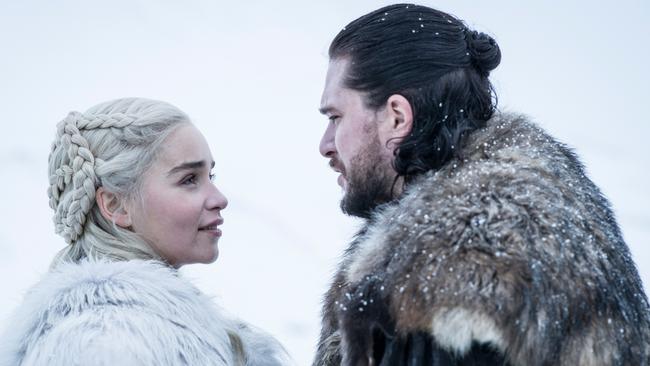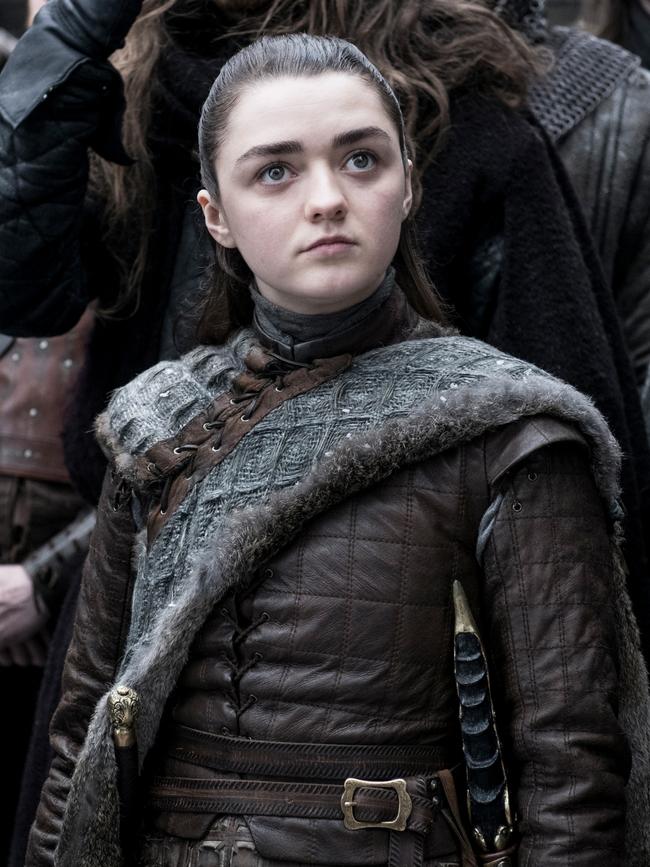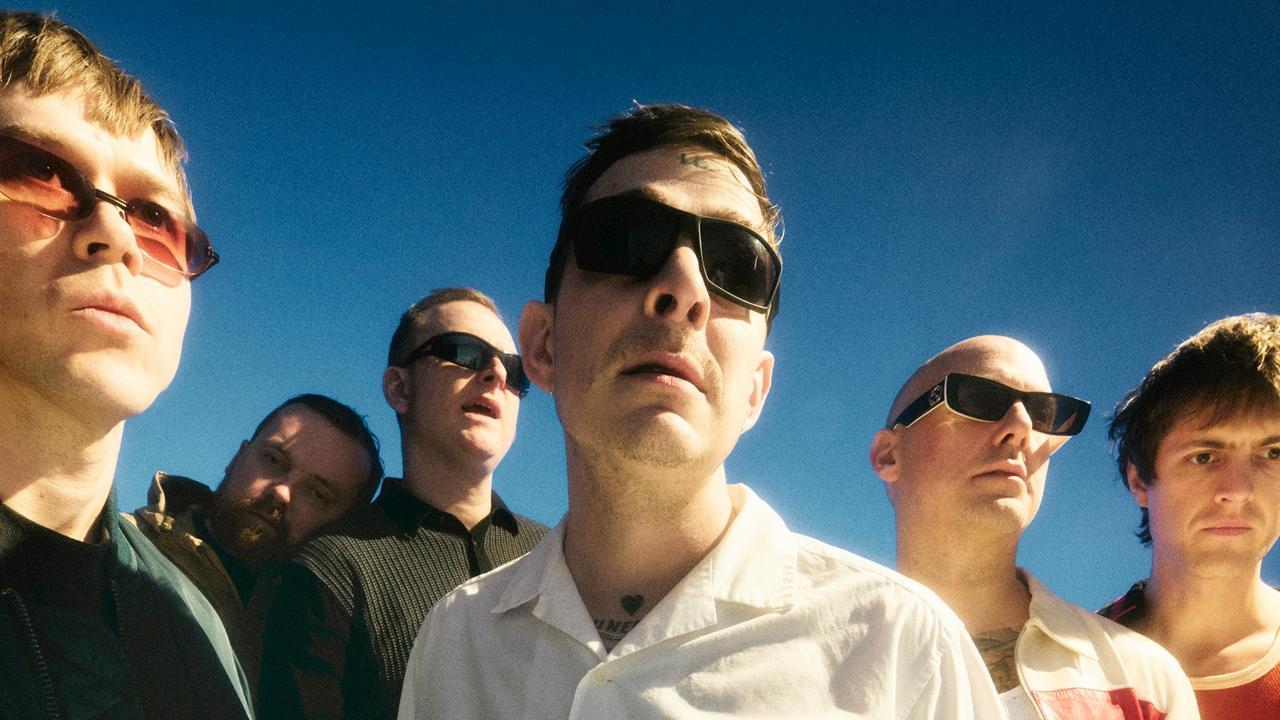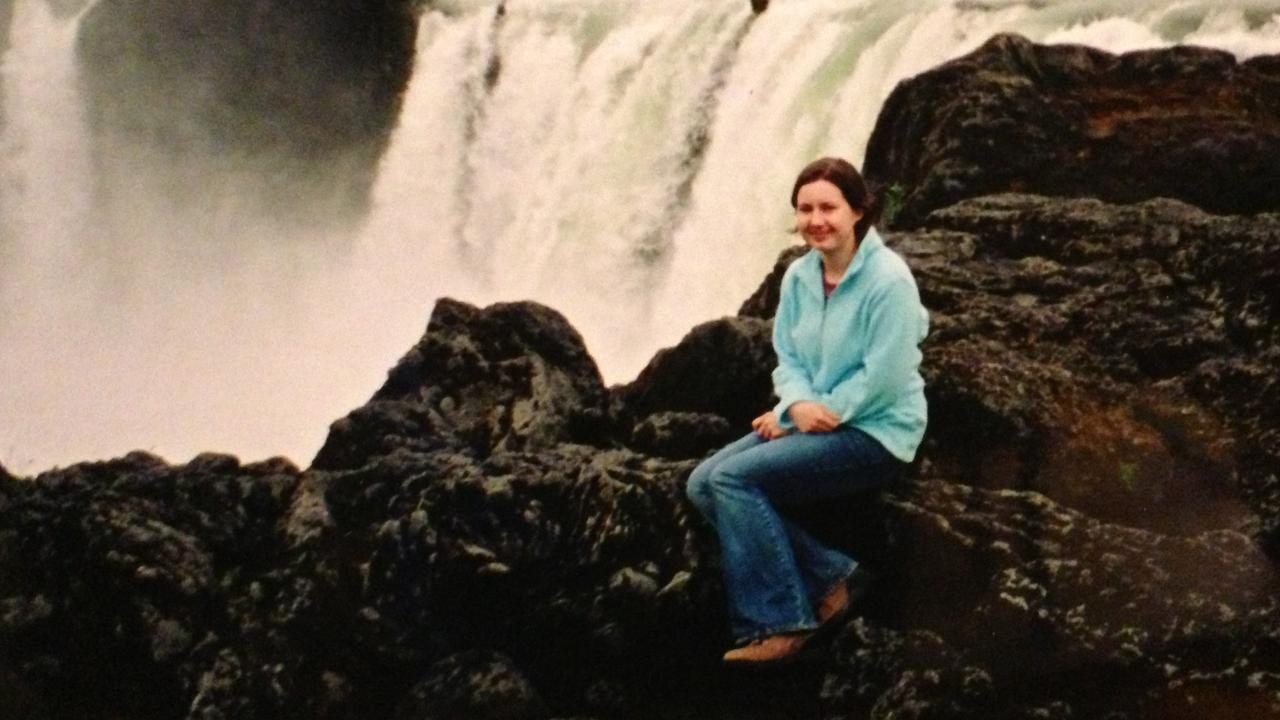Beginning of the end in Westeros
How does the biggest show on TV end? The only honest answer can be: with dissent.

Work on the final series of Game of Thrones began 17 months ago in a field in Toome, Northern Ireland. The set of Winterfell, the castle home of House Stark, took 11 weeks to build. Ramparts, towers, parapets and crenellations stretch out across almost 1ha. The citadel and snow may be fake, but the horse dung and mud are all too real. Outside the northern gate, soldiers in leather and pelts prepare for war. Catapults and wooden spikes stand before a makeshift garrison on high alert. Winter is coming — and with it the white walkers, a shock-and-awe army of the undead, hellbent on destroying mankind.
First, though, the Mother of Dragons, Daenerys Targaryen, has to make her entrance. On this day’s filming, Jon Snow (Kit Harington), the show’s gruff knight errant, is bringing Daenerys (Emilia Clarke) back to his ancestral home so his new girlfriend can meet the family. A remote-control camera on a 6m boom arm swings over the castle wall and through an arched gateway ride the couple tasked with saving all humanity — who, it has turned out, are most probably aunt and nephew, thus continuing the long-term Thrones tradition of casual incest. Everyone is gloomy. Harington is annoyed because he keeps getting his cloak stuck on his sword, Longclaw, as he swings off his horse. In terms of the script, none of the Starks is that happy to see Daenerys because it was a fellow Targaryen that killed both of their uncles. They haven’t forgotten.

I ask Clarke to set the scene, as she sits down at the end of the day. “Whisper it,” she says, sloughing off a full-length, bone-white fur coat, “but they don’t like me. Dany meeting the Starks is like Meet the Fockers, without quite so many hideous moments. It’s still hashtag ‘awkward’!”
The scene they are filming will appear towards the beginning of the new series, but what everyone wants to know is what happens at the end. Game of Thrones, the biggest show on television and a sensation in more than 170 countries where it is now shown, is nearly done.
Since posters in 2011 announced “You win or you die”, Game of Thrones has tantalised audiences with the possibility their favourite character will win — that is, rule the seven kingdoms of Westeros — or meet a gruesome end. The latter is more likely. In a mortality analysis for the journal Injury Epidemiology, researchers calculated that out of 330 characters of any consequence, 186 had died, or just more than 56 per cent. All but two of these deaths resulted from injury, burns or poisoning.
So who will be left sitting on the iron throne at the end of this final series? Jon Snow or Daenerys? Sansa, Arya or Bran — one of the three Stark heirs to the north of the kingdom? Or how about Cersei or Jaime (another incestuous combo), the son and daughter of the affluent, southern House Lannister?

How does it end? During the 10 months the show’s final six episodes were in production, I put that question to practically every cast member, as well as writer-producers Bryan Cogman and Dave Hill, and just about every stagehand, gaffer and horse-poo picker-upper I could collar on set. When Clarke says “the very last words in the script are …” I try not to look too excited at the possibility of the pop-culture scoop of the century — and what would likely be a career-ending gaffe by Clarke.
“The very last words in the script are ‘End of Game of Thrones’.” Hashtag “useless”. Game of Thrones is based on George RR Martin’s bestselling series of books, A Song of Ice and Fire. The story, which loosely parallels the War of the Roses, follows a group of noble families as they battle for control of the iron throne of Westeros, a fictional kingdom that crosses from the deserts of Dorne in the southeast to the frozen Wall in the north. But it is the nature of the storytelling that has made GoT required viewing: no series in history has contained so many plot switchbacks. The box sets should come with a neck brace.
Emerging in the age of mass internet access has meant two things. The first is that it has been easily pirated, so that its actual reach far outweighs any published ratings.
The second is that the audacious plotting has stirred up speculation, forum discussions and fan theorising to unprecedented levels. It makes the battle for information and spoilers as fierce as those on screen. Scripts are sent to cast via email and self-destruct after a matter of months.
The hype mill has made everyone involved with Game of Thrones paranoid to the point of paralysis. The actors and writers have become experts at stonewalling.
“It’s something I pride myself on,” says Harington. “Exciting people about it but not telling them anything is a skill that we’ve all developed in the Thrones cast.”
Maisie Williams, who is Arya Stark, played the same parlour game as millions of others when she sat down with her mum one night before the scripts came through.
“I said, ‘Let’s predict the final series. You call who you think is going to be alive and who you think is going to be dead. So will I.’ And we did. And we were both wrong.”

Cogman, a co-executive producer, and writer-producer Hill know they face a challenge. “There’s a great deal of pressure,” Hill says. “I’ve been with the show since the start, so it will be the better part of 10 years when it’s done. We’ve got to stick the landing.”
Game of Thrones always gets a reaction. There is a whole library of YouTube videos of fans filming themselves watching clips. Their responses are priceless, but they’re also telling: it’s this cycle of anticipation, shock and reaction that has made GoT a cultural phenomenon.
This is TV drama as a sporting event — millions watching at the same time. It still functions in the world of video on demand — there are nearly 80 hours to go back and binge watch — but the main reason to watch them all is to get ready for what’s coming next. As entertainment is becoming more and more solipsistic, served on personal devices to individuals in darkened rooms, GoT, with its teams to follow and its star players, its underdogs and its set pieces, is a sport everyone can enjoy.
The product has always been good: it has received 132 Emmy nominations and 47 wins. Still, the series is based on dragons and magic. For many, that kind of hokum was a barrier to entry. Like the shark in Jaws, you heard about it a long time before you actually saw it. There was copious nudity and controversy — including rape scenes — though the writers always claimed this was justified.
And by pulling the rug from beneath the viewer at every turn, spending big on spectacle and, crucially, making audiences wait (most recently almost two years between seasons), Game of Thrones has reinvented Event TV drama in the age of on demand.
How will it end? The only honest answer can be: with dissent. Like the fade to black at the end of The Sopranos or a late goal in a World Cup clash, high anticipation brings disappointment and delight in equal measure. You can’t send all the fans home happy.
The final series of Game of Thrones begins on Foxtel’s Fox Showcase, Monday at 11am and 8.30pm.



To join the conversation, please log in. Don't have an account? Register
Join the conversation, you are commenting as Logout